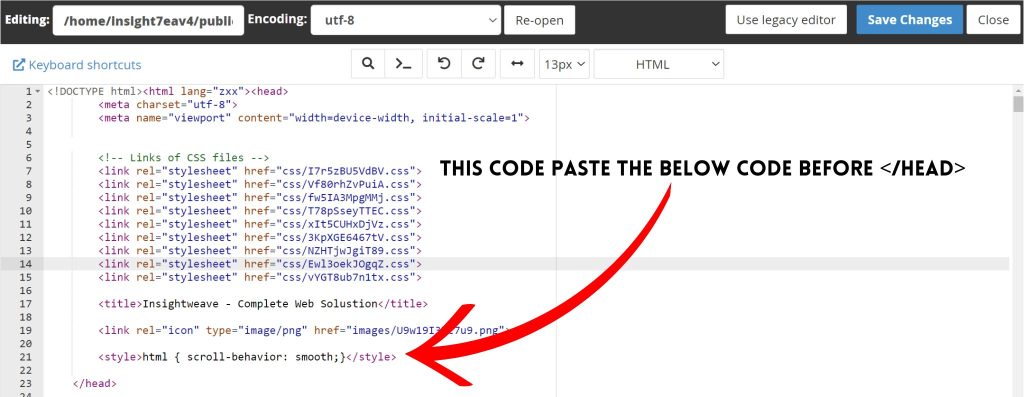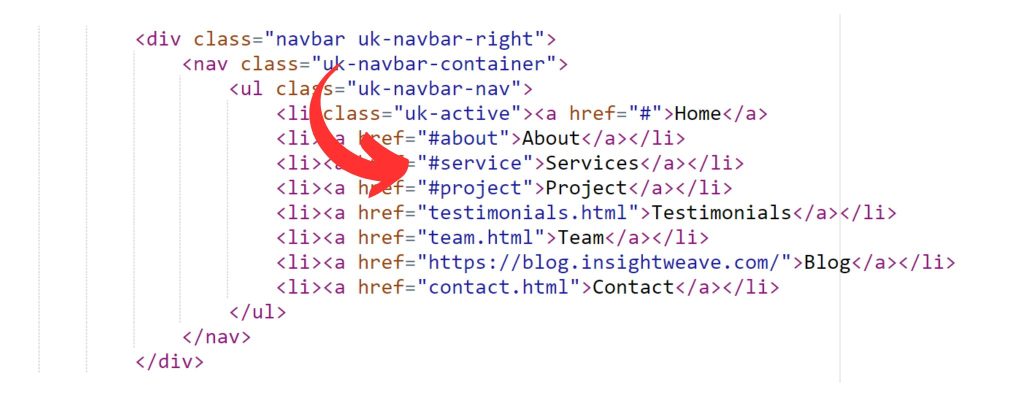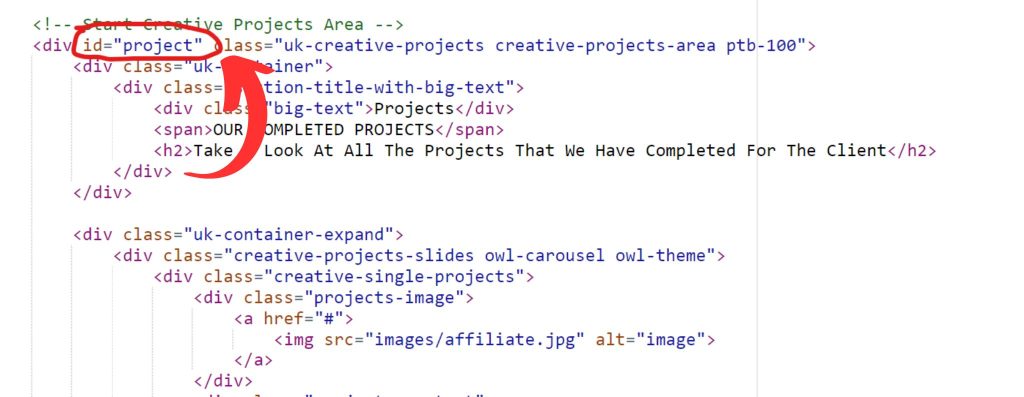Introduction:
In the ever-evolving world of web design, user experience reigns supreme. One often overlooked yet impactful aspect is the scrolling behavior on a website. This blog explores the significance of smooth scrolling and guides you on how to seamlessly implement it on your HTML pages.
The Need for Smooth Scrolling:
Smooth scrolling isn’t just a visual treat; it significantly contributes to user satisfaction and engagement. Discover why incorporating this subtle feature can make a substantial difference in how users navigate your website.
Common Issues with ScrollIntoView:
Uncover the limitations of the basic scrollIntoView and why it might fall short in providing the desired smooth scrolling experience, especially across different browsers.
Introduction to jQuery for Smooth Scrolling:
Delve into the world of jQuery and learn how this versatile library simplifies the process of achieving smooth scrolling. A step-by-step guide ensures even those new to jQuery can effortlessly implement this enhancement.
Implementation Steps:
Follow clear and concise steps to integrate smooth scrolling into your HTML pages using jQuery. From setting up section IDs to linking them to your navigation, this section ensures a smooth implementation process.
Alternative Pure JavaScript Solution:
For enthusiasts preferring a JavaScript-centric approach, explore an alternative solution using native JavaScript. Uncover the power of window.requestAnimationFrame for a smoother, more refined scrolling experience.
Customization Options:
Not all websites are created equal. Learn how to tailor the smooth scrolling behavior to suit your specific needs. From adjusting scroll speed to experimenting with easing functions, customization options are at your fingertips.
Testing and Browser Compatibility:
Understand the importance of thorough testing across various browsers to ensure your smooth scrolling implementation is universally flawless. Gain insights into potential challenges and how to overcome them.
Conclusion:
As we wrap up, reflect on the key takeaways and the positive impact implementing smooth scrolling can have on your website. Elevate your user experience and keep visitors engaged from the first scroll to the last.
Additional Resources:
Explore additional resources and documentation to deepen your understanding of smooth scrolling. Whether you’re a novice or an experienced developer, there’s always more to learn and experiment with.
Call to Action:
Ready to enhance your website’s user experience? Follow the steps outlined in this blog and implement smooth scrolling today. Share your experiences, questions, or success stories in the comments section below. Let’s embark on a journey towards a smoother and more delightful web experience!
Implementing Smooth Scrolling on Your HTML Page: Step-by-Step Guide
**1. Include jQuery: If you haven’t already, include the jQuery library in the <head> section of your HTML file. You can use the following CDN link:
html code
<script src="https://code.jquery.com/jquery-3.6.4.min.js"></script>
**2. Create Section IDs: In your HTML, assign unique IDs to the sections you want to scroll to. For example:
html code
<div id="section1"> <!-- Content of Section 1 --> </div> <div id="section2"> <!-- Content of Section 2 --> </div>
**3. Create Navigation Links: Create links in your navigation menu that correspond to the section IDs. Ensure the href attribute points to the respective section ID:
html code
<a href="#section1" class="scroll-link">Section 1</a> <a href="#section2" class="scroll-link">Section 2</a>
**4. Add jQuery Smooth Scrolling Script: Place the following script at the end of your HTML, just before the closing </body> tag:
html code
<script> $(document).ready(function() { $(".scroll-link").on('click', function(event) { event.preventDefault(); var target = this.hash; $('html, body').animate({ scrollTop: $(target).offset().top }, 1000); // You can adjust the duration as needed }); }); </script>
Simple Method Implementing Smooth Scrolling on Your HTML Pages
1. You can also use the normal method, for this paste the below code before </head> as per the given images.

<style>html { scroll-behavior: smooth;}</style>2. In the URL of your category, write category in small letter with #. For example, if our category is services, then we will write #services like given in the images.

3. The section which you want to highlight when you click on that category, paste the code given below after the <div in that section as per the image.

<div id="project"
Note :- Remember, you must change the name of your category instead of project in the ID.**5. Test Your Smooth Scrolling: Save your HTML file and open it in a web browser. Click on the navigation links, and you should experience smooth scrolling to the corresponding sections.
**6. Customization (Optional): Experiment with customization options, such as adjusting the scrolling speed or incorporating easing functions, by modifying the script accordingly.
By following these steps, you can seamlessly implement smooth scrolling on your HTML page, enhancing the overall user experience. Feel free to tweak the script and customization options to suit the specific requirements of your website.
